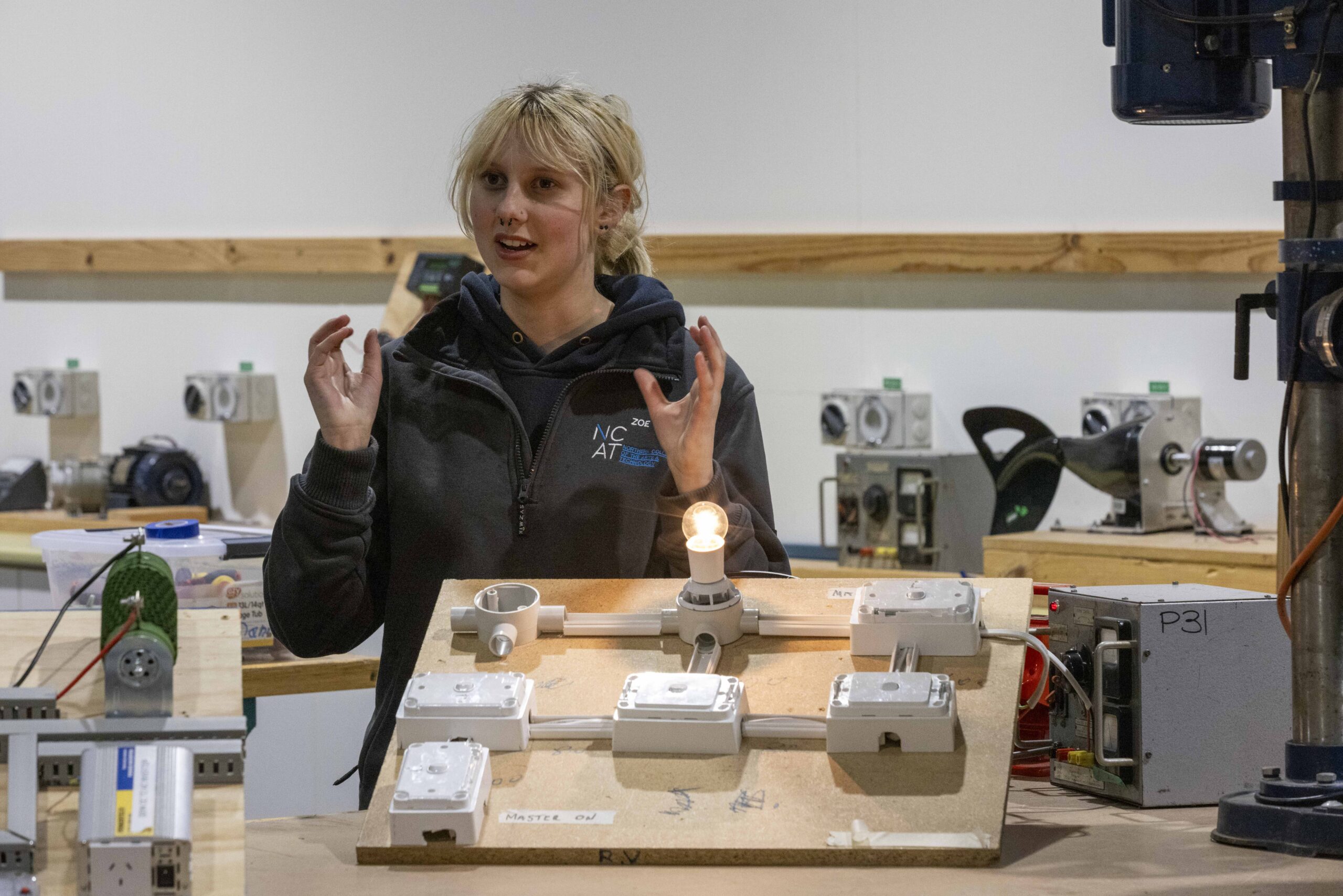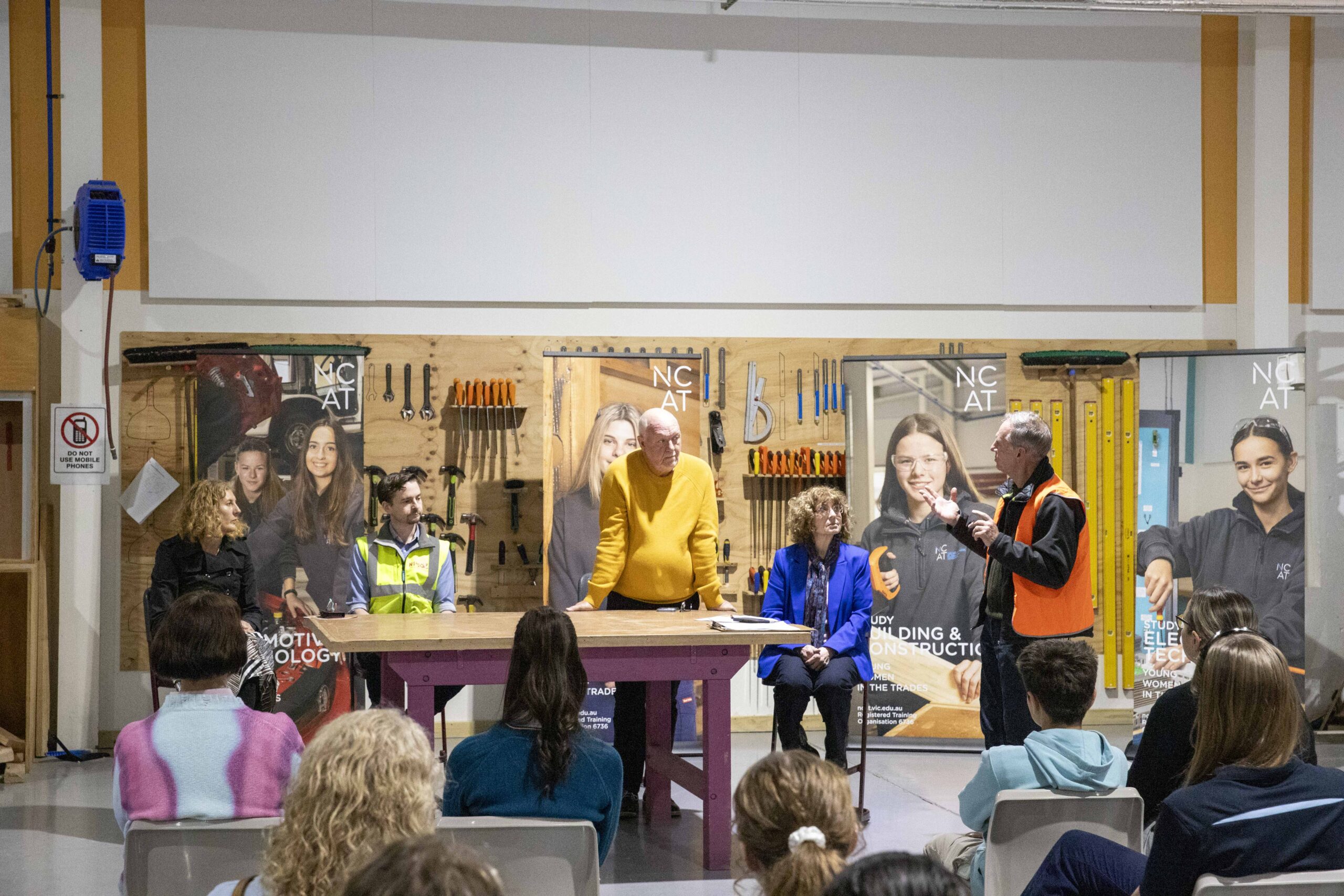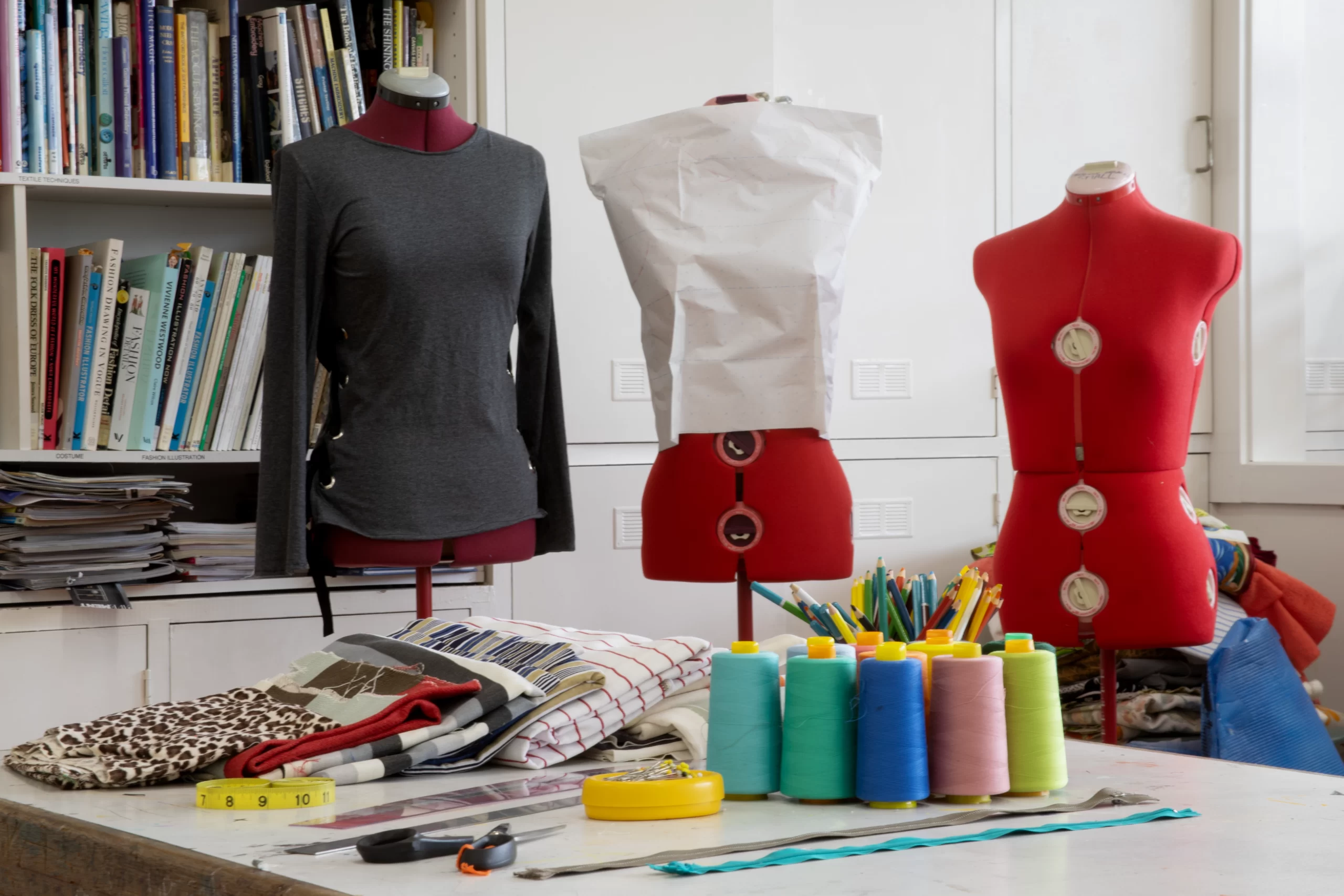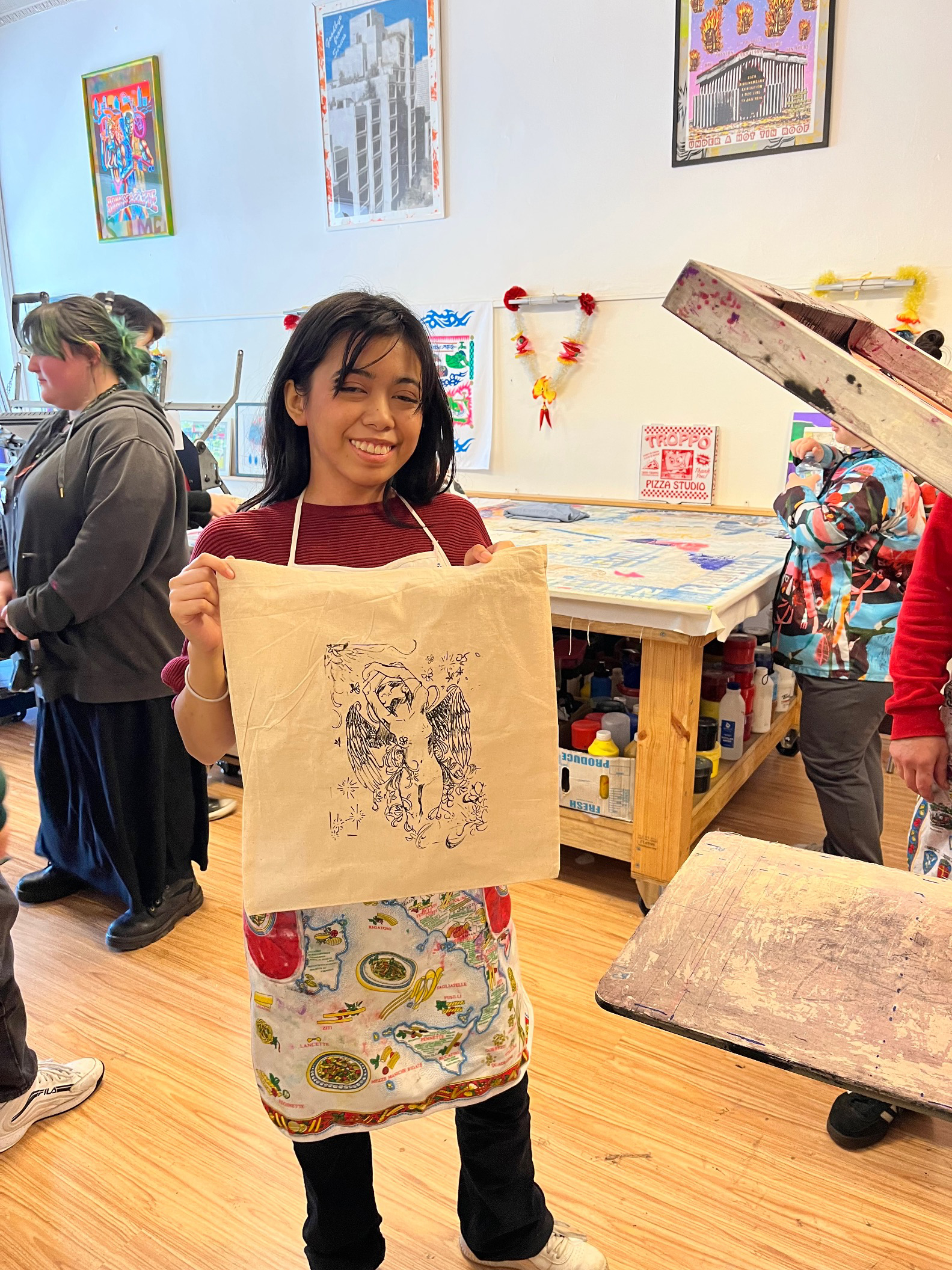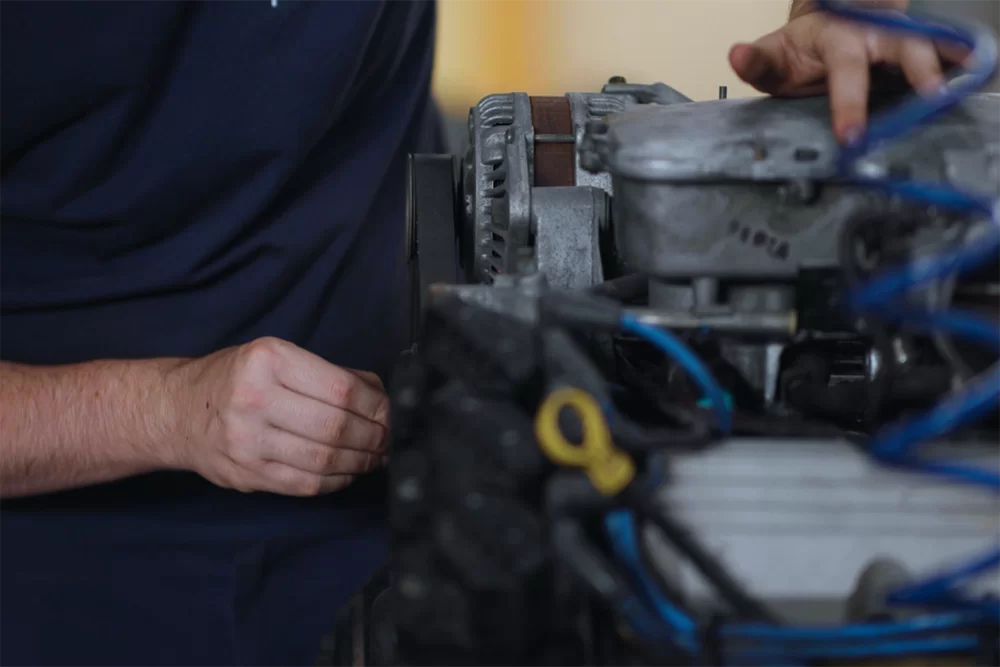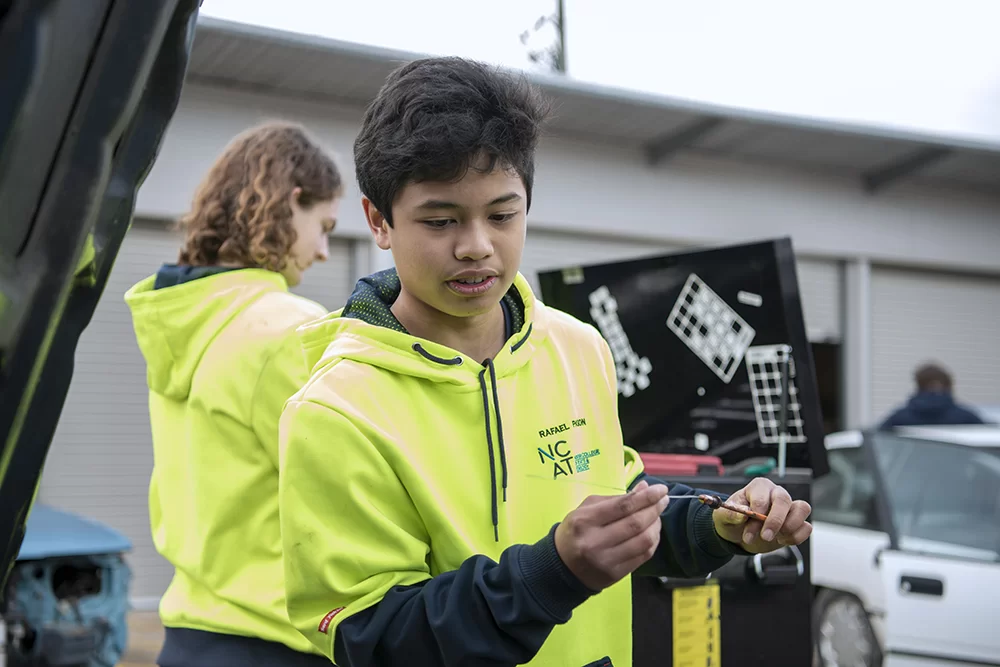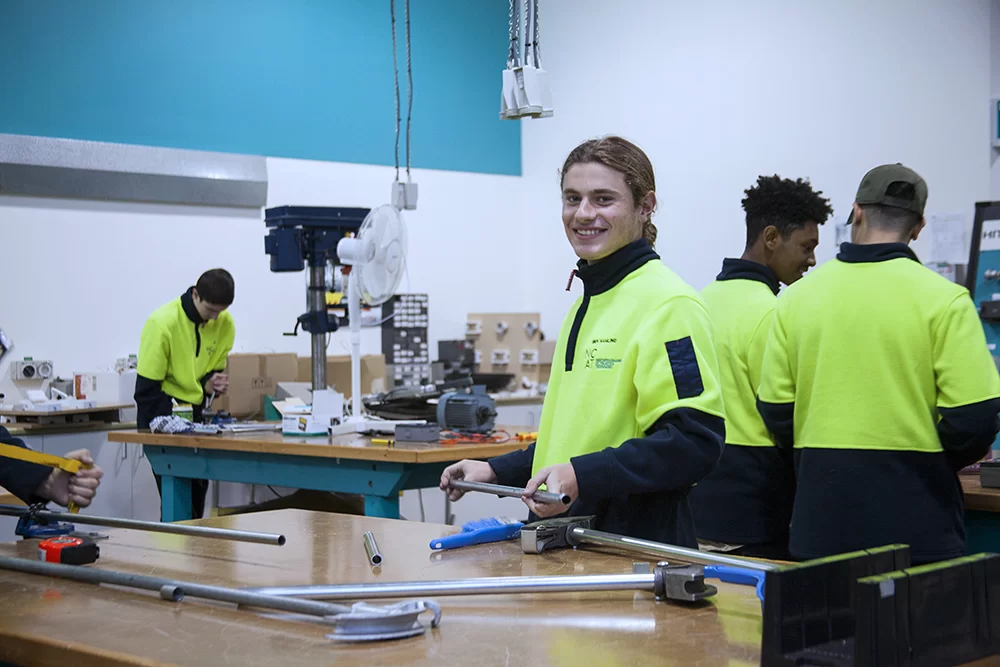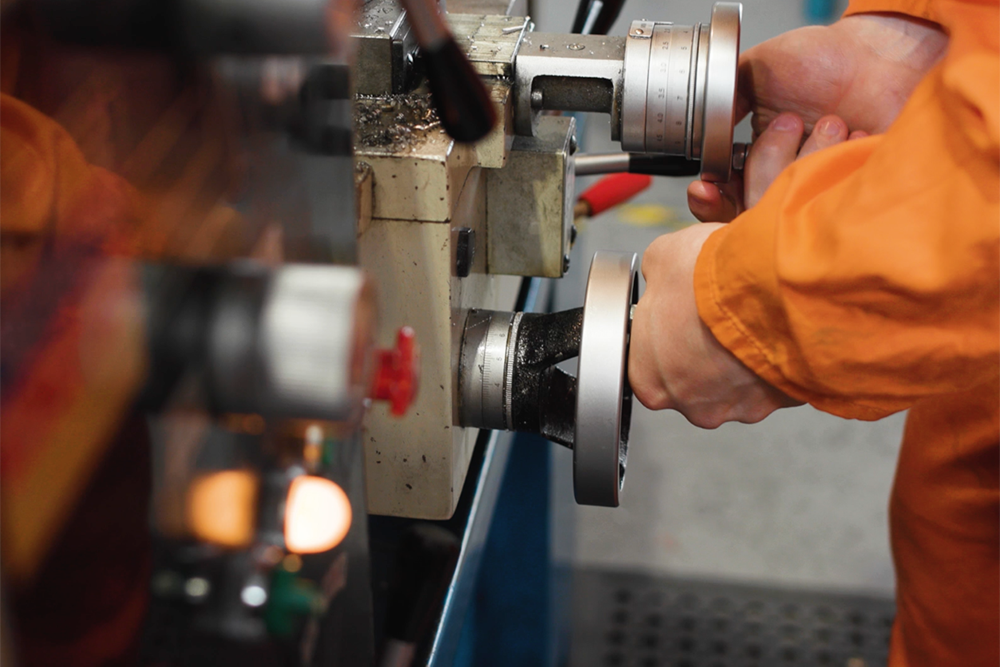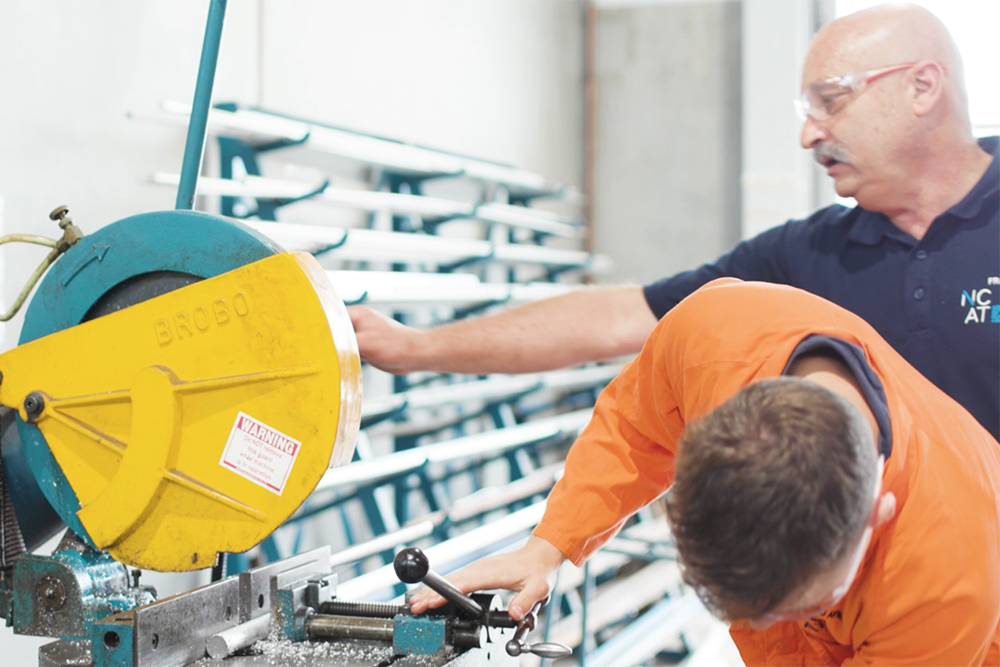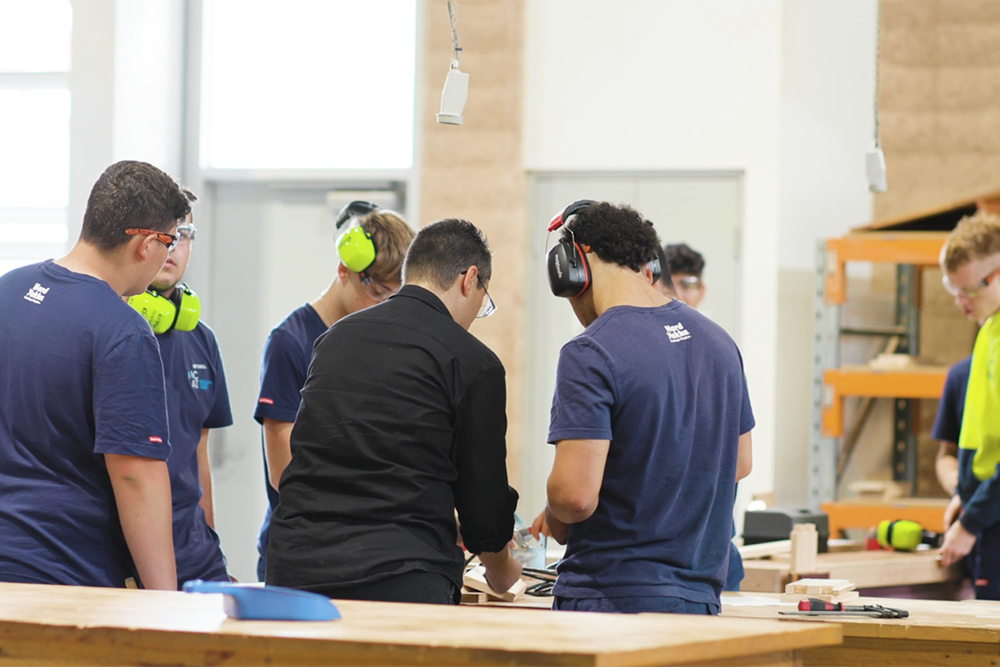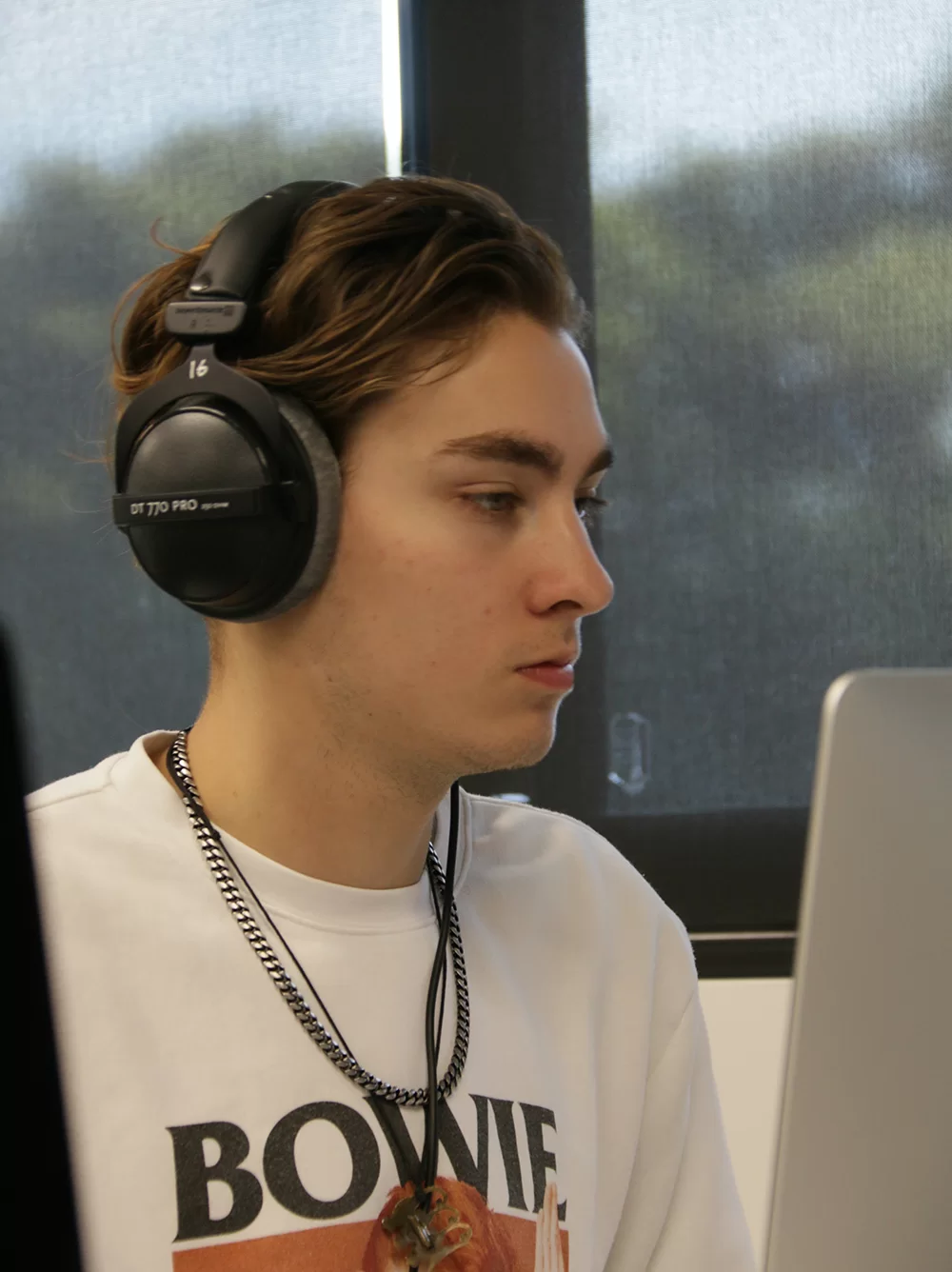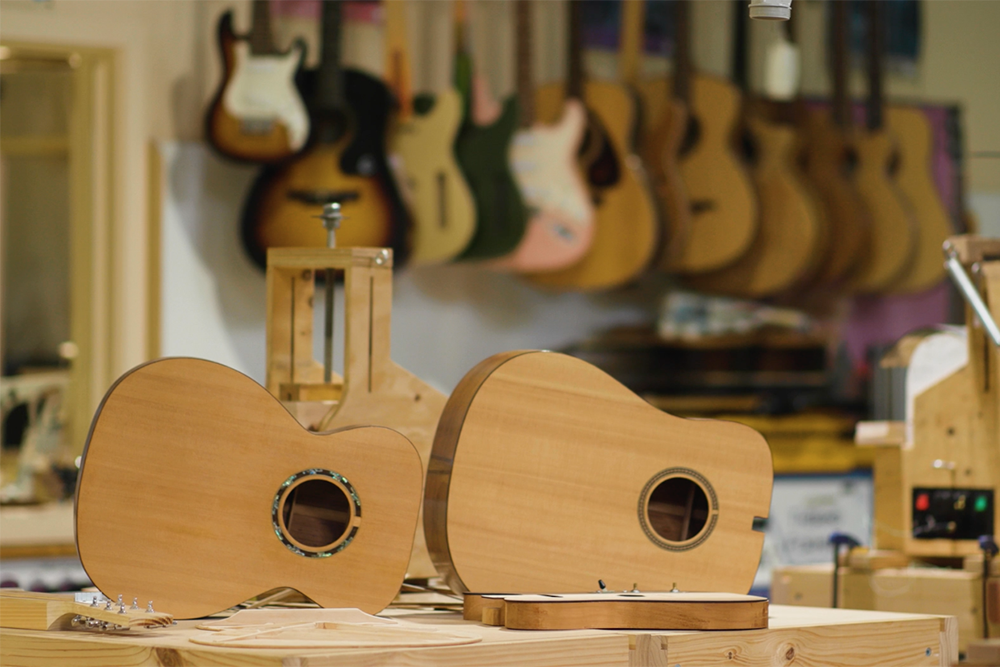On the 13th August, NCAT held their annual ‘Bring it On! Young Women in Trades and Technology’ event to encourage young women to consider study and a career in the Trades and Technology.
Students and their families were taken on a tour of our facilities where tradeswomen, employers and union representatives spoke about their experience in various industries as did students from our NCAT Young Women in the Trades and Technology group.
We were very fortunate to have the following organisations participate as industry hosts on the night:
CFMEU
Sutton Tools
Hutchinson Builders
New Plumbing Solutions
A&A Cabinets Impressions Group
QA Electrical
Dysons
Northern Workwear
Young women in Years 9, 10 and 11 from local schools, heard from and met qualified tradeswomen from Building and Construction, Electrotechnology, Plumbing and Furniture Making. They also heard from the local employers, union and employee organisations.
The event helped the students and their parents define their study options for the next few years and to increase their knowledge of pathways after school. Parents of some of the apprentices and pre- apprentice student spoke of their decision making journey and how their daughters were benefiting from the experiences.










